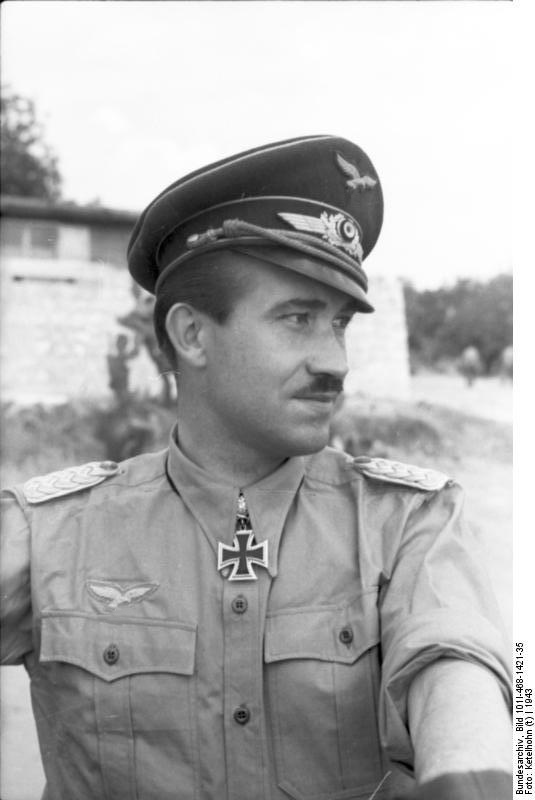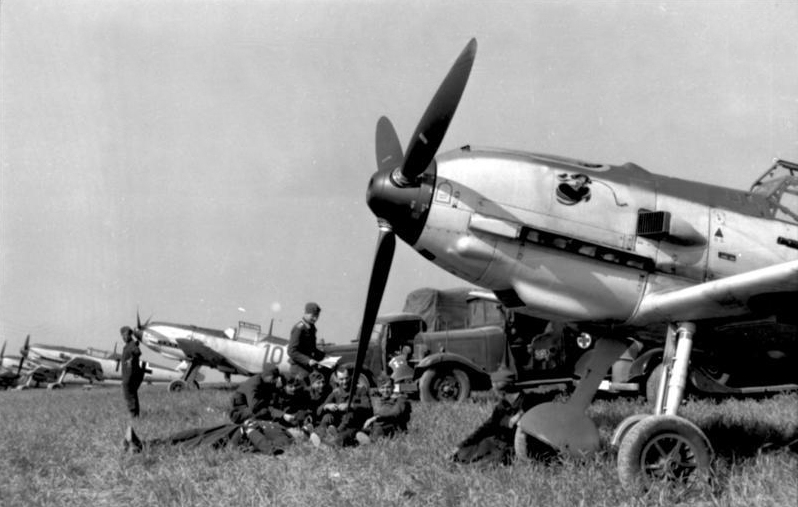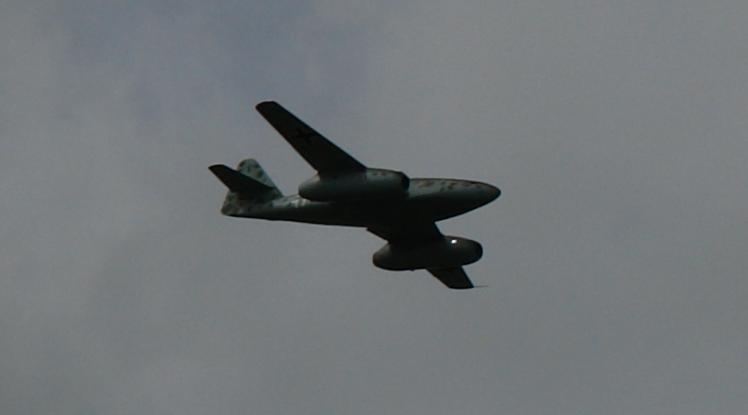
- For PC
- For MAC
- For Linux
- OS: Windows 10 (64 bit)
- Processor: Dual-Core 2.2 GHz
- Memory: 4GB
- Video Card: DirectX 11 level video card: AMD Radeon 77XX / NVIDIA GeForce GTX 660. The minimum supported resolution for the game is 720p.
- Network: Broadband Internet connection
- Hard Drive: 23.1 GB (Minimal client)
- OS: Windows 10/11 (64 bit)
- Processor: Intel Core i5 or Ryzen 5 3600 and better
- Memory: 16 GB and more
- Video Card: DirectX 11 level video card or higher and drivers: Nvidia GeForce 1060 and higher, Radeon RX 570 and higher
- Network: Broadband Internet connection
- Hard Drive: 75.9 GB (Full client)
- OS: Mac OS Big Sur 11.0 or newer
- Processor: Core i5, minimum 2.2GHz (Intel Xeon is not supported)
- Memory: 6 GB
- Video Card: Intel Iris Pro 5200 (Mac), or analog from AMD/Nvidia for Mac. Minimum supported resolution for the game is 720p with Metal support.
- Network: Broadband Internet connection
- Hard Drive: 22.1 GB (Minimal client)
- OS: Mac OS Big Sur 11.0 or newer
- Processor: Core i7 (Intel Xeon is not supported)
- Memory: 8 GB
- Video Card: Radeon Vega II or higher with Metal support.
- Network: Broadband Internet connection
- Hard Drive: 62.2 GB (Full client)
- OS: Most modern 64bit Linux distributions
- Processor: Dual-Core 2.4 GHz
- Memory: 4 GB
- Video Card: NVIDIA 660 with latest proprietary drivers (not older than 6 months) / similar AMD with latest proprietary drivers (not older than 6 months; the minimum supported resolution for the game is 720p) with Vulkan support.
- Network: Broadband Internet connection
- Hard Drive: 22.1 GB (Minimal client)
- OS: Ubuntu 20.04 64bit
- Processor: Intel Core i7
- Memory: 16 GB
- Video Card: NVIDIA 1060 with latest proprietary drivers (not older than 6 months) / similar AMD (Radeon RX 570) with latest proprietary drivers (not older than 6 months) with Vulkan support.
- Network: Broadband Internet connection
- Hard Drive: 62.2 GB (Full client)
Born in March 1912 in Westerholt in north Germany as the second of four sons, Galland’s father was one of a long line in the near two century family business: bailiff to the Graf von Westerholt estate. Growing up with a keen interest in sport and scientific subjects, Galland was rather frustrated in school to find a much greater emphasis placed on Greek and Latin.
 |
The Gelsenkirchen Flying Club was established in land which Galland’s father was responsible for; in 1927 Galland witnessed his first catapult launched glider and knew that aviation would be his vocation. His father bought him a motorcycle so that he could make the 20 mile journey to the gliding school to attend theoretical lessons before then moving on to flying. Throwing all of his energy into gliding, Galland incurred his father’s wrath when his school grades began to suffer. Furthermore, he crashed on take off on his first solo in a glider, fortunately causing only minor damage.
Galland’s fortunes were soon to turn around when, with persistence and a natural ability shining through, a stream of gliding qualifications and competitions were soon under his belt. This culminated in first prize at the West German Gliding Competition in 1933. 1933 also saw Galland’s first meeting with a figure who would be instrumental in his progress: Herman Goring. In his post war writings, Galland commented on being amazed at Goring’s ‘girth’ and ‘displacement’ on first meeting. Goring addressed a number of young glider pilots and told them that it was time to throw off the constraints of the Treaty of Versailles, which placed such severe restrictions on German aviation: Galland was going to Italy to fly powered aircraft. After returning to Germany in autumn 1933, Galland could not only fly a powered aircraft: he could shoot from one.
Consolidation as a Lufthansa airline pilot briefly continued before Galland commenced his formal military training with the army, commissioning as a Leutnant in October 1934. Now one of several young aviators who had trained to fly and now was able to combine this with basic military training from the army, Galland was one of the first junior officers in Goring’s embryonic new Luftwaffe. Immediately stating a preference to fly fighters, Galland was able to convince his seniors that he was not fit for instructional duties and helped form II Gruppe of II Geschwader at Juterborg-Damm in April 1935, equipped with the Heinkel He51.
However, tragedy struck in October when Galland crashed a Focke-Wulf Stieglitz when practicing aerobatics. Lucky to survive, he spent three months in hospital before being certified unfit for flying duties. However, a sympathetic Commanding Officer made this order ‘disappear’ so Galland could resume flying, although this too was soon discovered. A successful medical examination made his return to flying official and in summer 1937 Galland found himself flying as part of the German Volunteer Corps in Spain, the organization which would come to be known as the Condor Legion.
 |
Galland was soon made Commanding Officer of 3 Staffel – nicknamed ‘Mickey Mouse Squadron’ after its emblem - the only fighter squadron still flying the He51 as the other two squadrons in the group had now been equipped with the new Bf109. Constrained by the older aircraft, Galland’s staffel was used in the ground attack role. He flew some 300 missions before handing over command to Werner Molders and returning to Germany in August 1938.
After a period of staff appointments, Galland was then employed as a test pilot before taking part in the opening rounds of the Second World War as a ground attack pilot during the Polish campaign. He was promoted to Hauptmann and awarded the Iron Cross, Second Class. Finally, after repeated attempts to transfer ever since he had flown a handful of flights in a Bf109 in Spain, Galland was posted to JG27 to fly fighters.
It was not until the invasion of the Low Countries in May 1940 that Galland saw his first real combat as a fighter pilot. On May 12th, some five miles west of Liege, Galland and his wingman bounced a formation of eight Hurricanes. Galland shot down two before claiming a third kill that afternoon. By the end of the month Galland had shot down seven aircraft and was awarded the Iron Cross First Class. JG27 continued to see action throughout the French campaign and over Dunkirk. On June 6th he was appointed commander of III/JG26, being promoted to Major shortly after.
 |
Now stationed at Pas de Calais, JG26 would be involved heavily in the fighting against the RAF that would form the nucleus of the Battle of Britain. However, Galland’s unit lost four Bf109s in exchange for only two Spitfires in their first cross Channel action. Nonetheless, the tactically minded Galland was able to lead his pilots successfully against a capable and determined foe and on August 1st he was awarded the Knights Cross after his seventeenth kill.
A friendly rivalry grew between Galland and Molders as the two were seen not only as the Luftwaffe’s leading fighter aces, but also more importantly as the greatest leaders and tacticians. Both were regularly summoned to meet with Goring; Galland incurred his rage on at least two occasions. First, when asked what he needed to win the battle, he famously replied he wanted a unit of Spitfires. Second, when quizzed on his thoughts about being ordered to shoot enemy airmen in their parachutes, Galland sternly retorted that it would be murder and he would disobey that order.
In September he was awarded the Oak Leaves to the Knights Cross by Hitler himself; despite the Luftwaffe’s defeat at the hands of the RAF Galland ended 1940 as the highest scoring fighter ace of the war to date. Promoted to Oberstleutnant, he continued to lead JG26 against the RAF with the new Bf109F, although he complained that early models did not pack enough firepower. In June 1941 Galland himself was shot down by a Spitfire of No.611 Squadron, but he managed to escape via parachute. Whilst recovering in hospital he was informed that he would be awarded the Swords to his Knights Cross for 70 victories. This score rose to 96 by November, when he was removed from front line duties and promoted to the post of General der Jagdflieger.
Although now constrained by a staff appointment, Galland continued to fly combat sorties unofficially. He was awarded Diamonds to his Knights Cross in January 1942, and next month successfully coordinated the massive aerial armada which covered the warships Scharnhorst, Gneisenau and Prinz Eugen as they dashed through the English Channel to return to Germany.
 |
As the tide of war turned for Germany, Galland was heavily involved in the planning of the defence of the Reich from Allied bombers. He personally flew in several scrambles and claimed a number of unconfirmed kills, but his difference in opinions with Goring caused a great animosity between the two. As the Luftwaffe’s strength continued to dwindle, front line COs loyally sided with Galland and spoke out against Goring’s incompetence. Goring blamed Galland for the uprising against him, and dismissed him from post.
Galland’s combat career ended on the Me262, where he began in early 1945 as CO of JV44. By the end of hostilities, Galland had claimed a further seven kills with the pioneering jet fighter, bringing his total to 104 claims. He was interrogated and imprisoned by the Western Allies following Germany’s defeat, but moved to Argentina to help set up the Argentinian Air Force. Galland returned to Germany in 1955 and continued to fly up until the age of 75. Post war he formed close friendships with many of his ex opponents in the RAF and USAAF, and was instrumental in bridging gaps between the nations’ aviation communities. One of the greatest leaders in the history of German aviation, Adolf Galland passed away in 1996 at the age of 83.
About The Author - Mark Barber, War Thunder Historical Consultant

Mark Barber is a pilot in the British Royal Navy's Fleet Air Arm. His first book was published by Osprey Publishing in 2008; subsequently, he has written several more titles for Osprey and has also published articles for several magazines, including the UK's top selling aviation magazine 'FlyPast'. His main areas of interest are British Naval Aviation in the First and Second World Wars and RAF Fighter Command in the Second World War. He currently works with Gaijin Entertainment as a Historical Consultant, helping to run the Historical Section of the War Thunder forums and heading up the Ace of the Month series.



